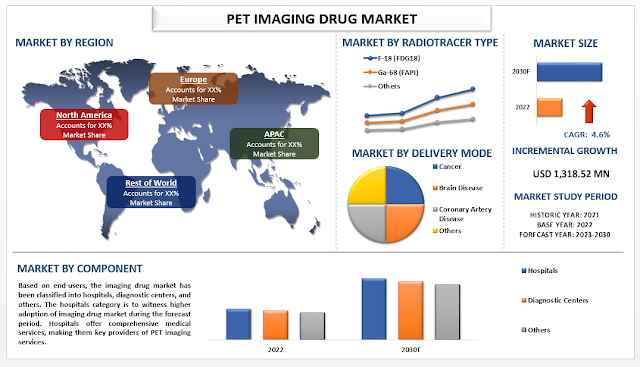“New Small-Molecule Drugs: The Hope of Revolutionizing Chronic Retinal Diseases Treatment"
Chronic Retinal Diseases affect nearly 350 million people worldwide, primarily including cases of age-related macular degeneration (AMD), diabetic retinopathy (DR), and retinitis pigmentosa (RP). These retinal disorders have gained traction in recent years owing to increased usage of digital platforms, genetic mutations, and rising cases of obesity, diabetes, and high blood pressure. As per reports from the National Institute of Health in July 2020, retinal disorders had a prevalence of 5.35% to 21.02% at age 40 years and above. They can also initiate from environmental and genetic perturbations of tissue as well as cellular homeostasis.
Innovation with phosphodiesterase (PDE) inhibitors:
A major challenge associated with this arena is to preserve the retinal structure and to stop the progression of disease at earlier stages. The introduction of the concept of inhibition of cyclic nucleotide phosphodiesterases has instilled hope within researchers that it can be applied to treat these world’s leading causes of blindness. They have been observed to slow down or stop the development and progression of retinopathies which causes blindness. This approach provides a more efficient, effective treatment, compared to the traditional methods that are often not as effective.
Request To Download Sample of This Strategic Report – https://univdatos.com/get-a-free-sample-form-php/?product_id=47356&utm_source=linkedin&utm_id=him
In May 2023, the University of California performed a study to find potential treatment options for chronic retinal diseases using Stress Resilience-Enhancing Drugs (SREDs) funded by the National Institutes of Health, the U.S Department of Veterans Affairs, the International Centre for Translational Eye Research project, and Research to Prevent Blindness. In the study, researchers discovered small-molecule drugs with significant clinical utility in the treatment of retinal diseases.
Advancements in Phosphodiesterase (PDE) Inhibitors Therapy:
This therapeutic research claimed to improve resistance to acute and chronic forms of stress in the deteriorating retina, which potentially aids in preserving functions of tissue and structure in variant forms of age-related or inherited chronic retinal disease. Stress resilience-enhancing drugs were more effective than already launched anti-angiogenics, corticosteroids, and nonsteroidal anti-inflammatory drugs (NSAIDs) for retinal disorders in the market.
As per the research conducted it can be prophesized that stress resilience-enhancing drugs have the ability to fulfill the expectation of treating age-related retinal disorders minimizing the pain and suffering of patients and also expanding their lifespan. However, the journey towards universal adoption of new therapies comes with its challenges. Primary concerns include the safety implications and the high costs associated with these therapies, which may limit their accessibility. The evolution of phosphodiesterase (PDE) inhibitor therapy using stress resilience-enhancing drugs is undeniably transforming the way we approach chronic retinal disorders. The current trajectory is anticipated to continue to elevate, bringing hope to patients and shaking up the healthcare market in an unparalleled way.
Conclusion
Despite the hurdles, the future of custom gene therapies is undeniably bright. A new dawn is breaking in the treatment of chronic retinal disorders. The remarkable investment interest, the promising results of ongoing clinical trials, and the scientific community's unwavering commitment are fueling a health revolution. There's no denying it - custom phosphodiesterase (PDE) inhibitor therapies are transforming the way of management of rare genetic disorders, bringing hope to patients worldwide. According to the UnivDatos Market Insights analysis, the surge in the incidences of chronic diseases and the associated surge in the demand for phosphodiesterase (PDE) inhibitors therapies will drive the global scenario of the rare genetic disorders treatment and as per their “Phosphodiesterase (PDE) Inhibitors Market” report, the global market was valued at USD 2.82 billion in 2022, growing at a CAGR of 6.1% during the forecast period from 2023 - 2030 to reach USD XX billion by 2030.
%20Inhibitors%20Market.png)




















